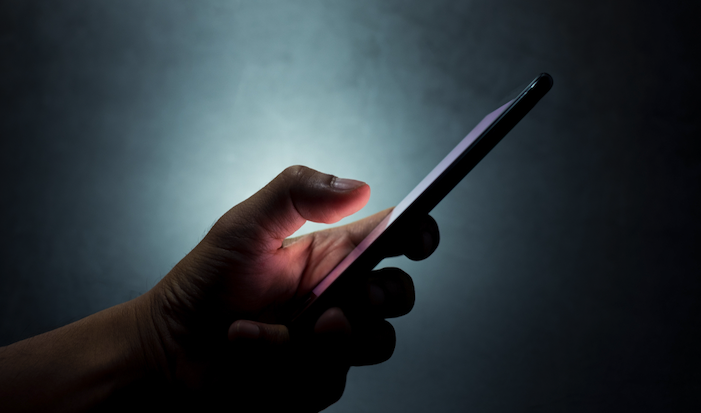Canva Predicts Design Will Lean Even More Into Analog Aesthetics In 2025

While we don’t know what design trends will end up defining 2025, if Canva user data is any indicator, the year could see an increase in design that’s dynamic and fun, and that mixes high-tech capabilities with good old analog design treatments.
The design software company’s latest design trend report forecasts the visual elements and aesthetics it predicts will be big in 2025, based in part on some of the platform’s fastest-rising search terms. Considering the platform’s broad reach—it has over 170 million users that span non-designers to Fortune 500 companies—search data from the company offers a look at how design trends go mainstream.
Motion graphics are making moves
The trend with the biggest year-over-year search increase speaks to design format. That would be “motion,” with a whopping 109% bump. Similarly, “animation” is up 78%. Canva calls this trend “future in motion” and says it can be as simple as a subtle motion gradient, but also includes more advanced motion typography and graphics. It goes without saying that consumers view the vast majority of assets on a screen these days, so it’s not surprising that users are looking for ways to make their designs stand out in that space. Motion is one way to do that.
[Image: Canva]Escapist design elements are on the up and up
There’s also a strong desire for design that’s fun. Searches for “silly” are up 92%, and the Canva trend report is promoting colorful, playful, and nostalgic graphics for its “serious fun” trend. Searches are also up for “funny” by 36% and “humor” by 27%, suggesting a desire for visual assets to have some level of entertainment and escapism.
[Image: Canva]There’ll be a rise in design with a human touch
Design elements with a human touch are also on the rise, according to the report. This comes at a time when AI is on the rise, too: Canva says its AI tools have been used more than 10 billion times, even as many professional designers are still warming up to the tech. It credits the growing popularity of these human-touch design elements as a way consumers are easing into AI. Essentially, design or graphics that look physical and real are acting as a visual counterpoint to the uncanny valley and surreal sheen of AI-generated images.
Canva’s trend, “Analog Meets AI” speaks to this impulse. Searches for “scrapbook” are up 92% since last year, and we’ve seen similar treatments crop up elsewhere online (think wheat paste posters, Xerox effects, and collages made with torn edges).
But we also see elements of analog, or more human, approaches across a few other predicted trends. Handwriting and scribble elements are captured in the “refined grit” trend, and the “mechanical botanical” trend contrasts natural elements and serifs with contemporary and high-tech design.
The most popular search terms in Canva’s trend report show its users are looking for fun, eye-catching designs. Considering many users are also looking for futuristic design, with searches for “cutting-edge” up 71%, while “cyber” is up 32%, and “techno” is up 30%, they also suggests a hybrid era in which popular design elements emphasize—and sometimes mix—human and robot.
That makes sense considering the rise in AI and slick, prompt-engineered, related assets. Hand-drawn, analog, and organic elements with a human touch become points of differentiation. Since AI isn’t going anywhere, this trend could continue—and perhaps the desire for design that’s fun and playful will accelerate as brands look for ways to stand out and offer people an escape.


